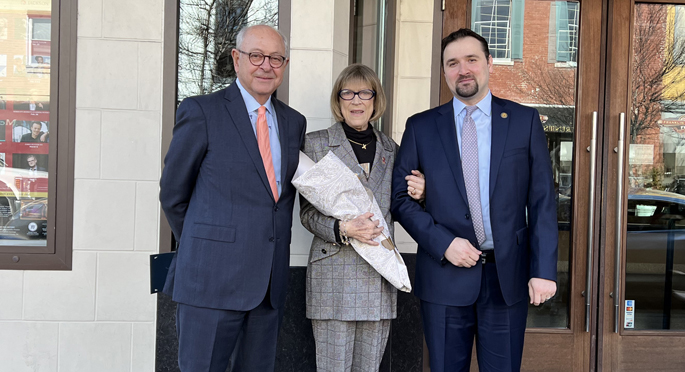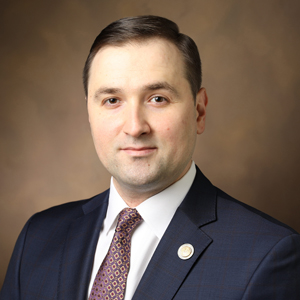
Ten years ago, Charlotte Haffner became Vanderbilt University’s first patient to undergo a heart transplant followed by a stem cell transplant to treat a plasma cell disorder called primary AL amyloidosis.
The groundbreaking approach used in the current management of the disease saved her life, and now she dedicates her time to raising awareness about the rare disease.
For the past year, Haffner has worked tirelessly to have March declared amyloidosis month. On March 14, House Joint Resolution No. 711 was signed by Tennessee Gov. Bill Haslam. The declaration was adopted on Feb. 26 making Tennessee the first state to champion the disease.
“This is just such a difficult disease to have and to diagnose,” said Haffner, 67. “Raising awareness among physicians is so very important so that it can be caught in time for treatment.
“I am hoping that this resolution will help in our efforts to bring this more to the forefront and allow more people to learn about it.”
Primary AL amyloidosis originates in the bone marrow and results when amyloid protein builds up in one or more organs, causing them to malfunction. It is a rare disease with only 1,200 to 3,200 new cases reported each year in the United States.
Amyloid proteins can deposit in the kidney, liver, spleen, heart and bone marrow.
Patients often undergo chemotherapy, and, if eligible, a bone marrow transplant to help control the disease and ultimately rid the body of amyloid deposits and help improve the function of affected organs.
Many of the patients first present to cardiology when they begin to experience signs of heart failure, a result of gradual buildup of the amyloid protein in the heart.
Haffner underwent a heart transplant in November 2008, followed by a stem cell transplant in February 2009.
Once she recovered, she formed a support group for other amyloidosis patients in Nashville, coordinated support group meetings in neighboring counties and was instrumental in the creation of the Vanderbilt Amyloid Multidisciplinary Program (VAMP), which is poised to advance the understanding, treatment and research of amyloidosis.
Haffner’s physicians say her dedication to raising awareness about the disease is formidable.
“She is motivated to help other affected patients and her ultimate goal is to give some visibility to the challenges faced by patients,” said Adetola Kassim, MD, professor of Medicine at Vanderbilt and Haffner’s hematologist.
“She is absolutely remarkable in her efforts and passion to move awareness and support of this disease forward,” said Mark Wigger, MD, assistant professor of Medicine and Haffner’s transplant cardiologist. “She has pulled together folks on the state and national level and brought awareness to many healthcare providers.”
Haffner is already busy working with other states to have similar resolutions passed with the overall goal of having a national presence in the coming years.
“What I am doing is going to save lives,” said Haffner. “It’s a good feeling being an advocate.”















